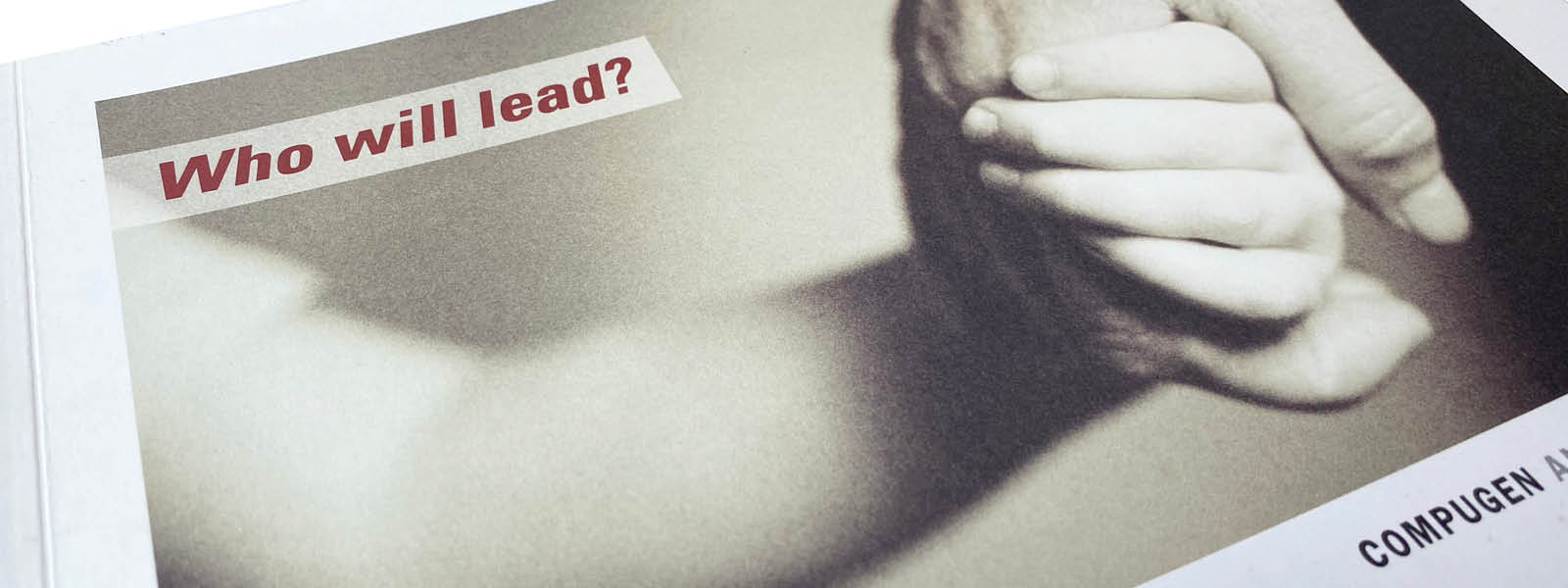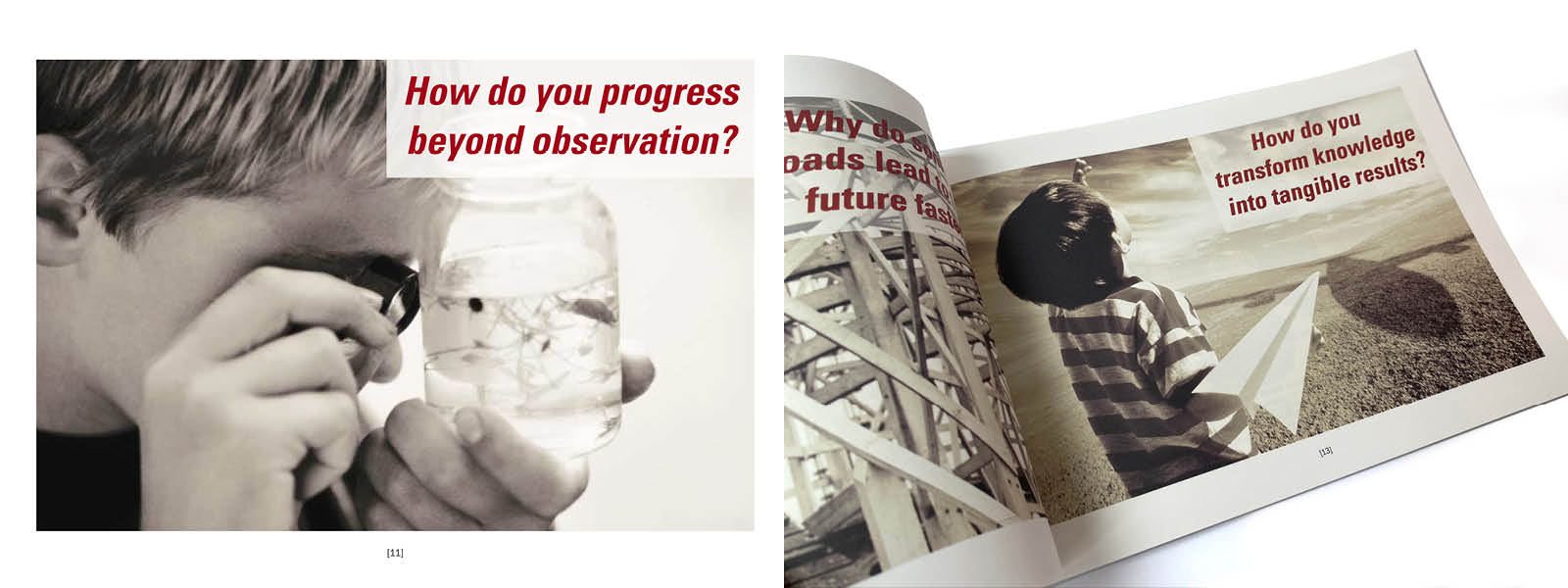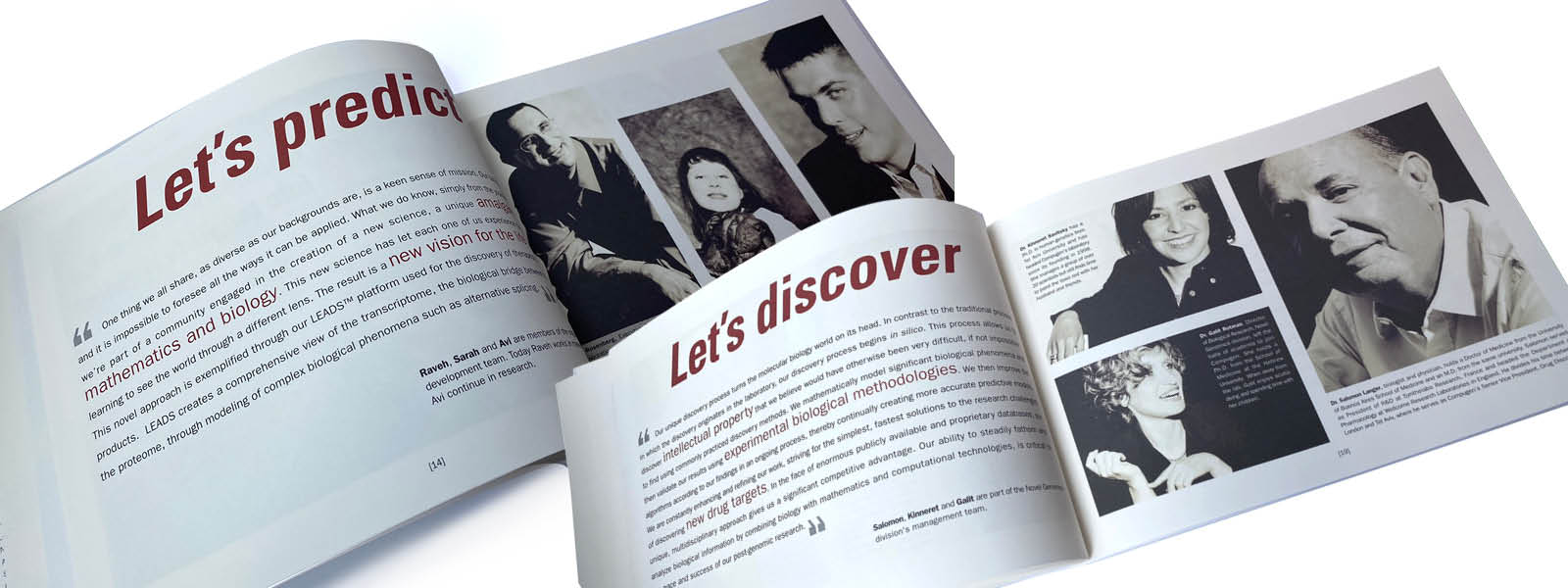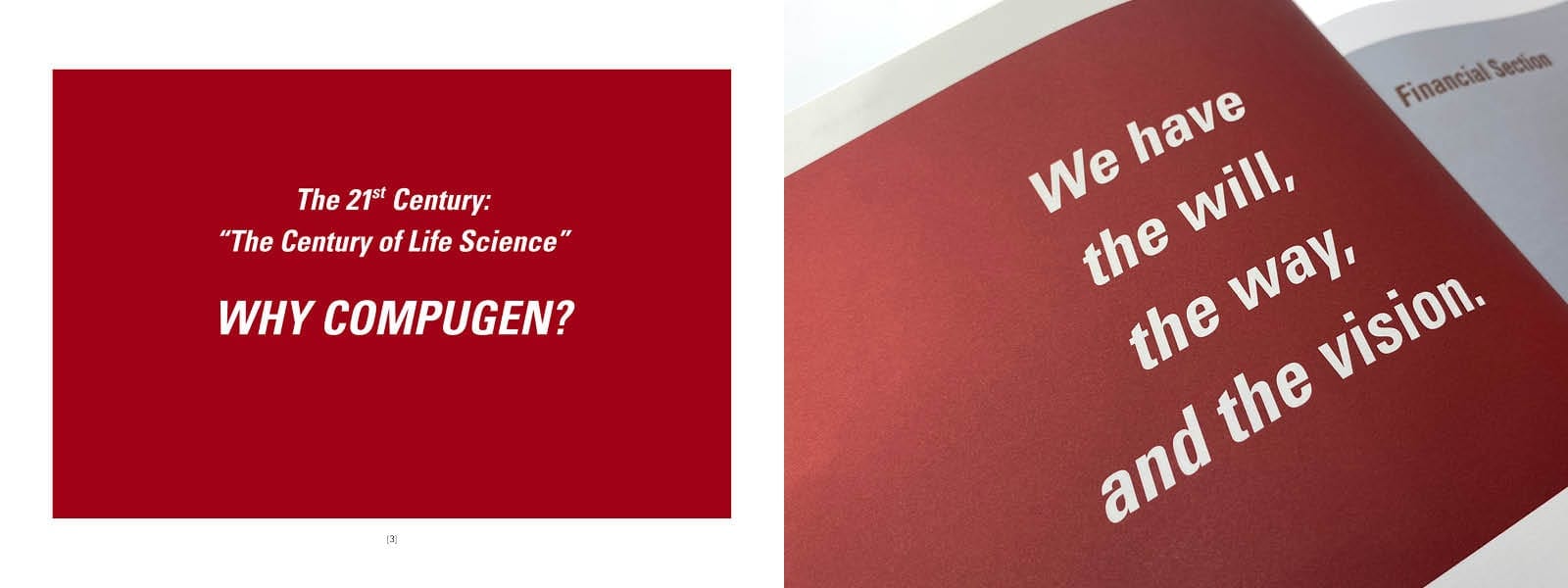Curiosity Skill
“We are no more than God’s curiosity about himself.”
Thomas Mann, a German novelist and 1929 Nobel Prize in Literature laureate
Remember how, as children, we wanted to try everything? To know and discover everything? We believed anything was possible. We were scientists, researchers and experimenters of a sort. What motivated us was pure curiosity. Sometimes, our parents worried that we were too curious. The expression “curiosity killed the cat” is not without reason, warning against an over-curiosity that can bring harm to the curious.
Curiosity is an abstract concept, difficult to quantify or define. And one person’s curiosity is different than another’s. Yet, this amorphous thing, curiosity, is one of the engines of discovery and learning.
Mario Livio, a professor of astrophysics and science author, came out with a book entitled Why? dealing with the issue of curiosity. As someone who sees himself as very inquisitive, he was intrigued by the question of how curiosity works. He is such a proponent of curiosity, which he claims is communicable, that he wants to make it an epidemic.
Professor Livio writes about several types of curiosity: specific curiosity, the need to know details like a particular name; diversive curiosity, such as when we scroll endlessly on our smartphones to ward off boredom, in search of things that will spark our curiosity even more; epistemic curiosity, based on a true thirst for knowledge; and perceptual curiosity, the desire to understand something that doesn’t quite agree with our previous knowledge.
Professor Livio found that good teachers influence a child’s level of curiosity, which plays a role later on in their choice of profession or career path. One of his interesting recommendations is to answer a child’s question with another question, eventually inspiring him to want to find the answer independently.
We’d like to believe that our own curiosity inspires our clients to become more curious, as well.
As designers, we are constantly asking ourselves, our customers, and our users questions in the search for truth; open-ended questions, big questions, small questions, hard and easy questions, direct and indirect questions. Unabashed and unstoppable.
My mother told me, “If you don’t ask, you’ll never know.” And you never argue with Mom.
Asking is how an idea, an approach or a discovery is generated. Later, such questions might find expression in our designs, creating a sense of dialogue with the readers. We’ve chosen to present two of those designs here.
For Strauss Group, we asked questions intended to prompt a discussion of larger issues, rather than just using a given topic as a heading. For example:
“How high can you go?” – a discussion of values.
“How hard can we try?” – a discussion of teamwork.
“Could you ask for more?” – a discussion of passion and responsibility.
“How do we show that we care?” – a discussion of social responsibility.
In the case of Compugen, we were curious as to how one becomes a leader. So we asked, “Who will lead?” right on the cover. This was followed by a series of sepia (a combination of black and brown shades) visuals that create a timeless feel and pose unanswered questions one after the other, such as:
“How do you progress beyond observation?”
“How do you transform knowledge into tangible results?”
“Who cares?”
“Why? What for?”
These were followed by responses and calls to action by company scientists.
We concluded with an answer – “We have the will, the way, and the vision.” – to the initial question that started it all: “Why Compugen?”
What question would you like to start with?
Strauss Group
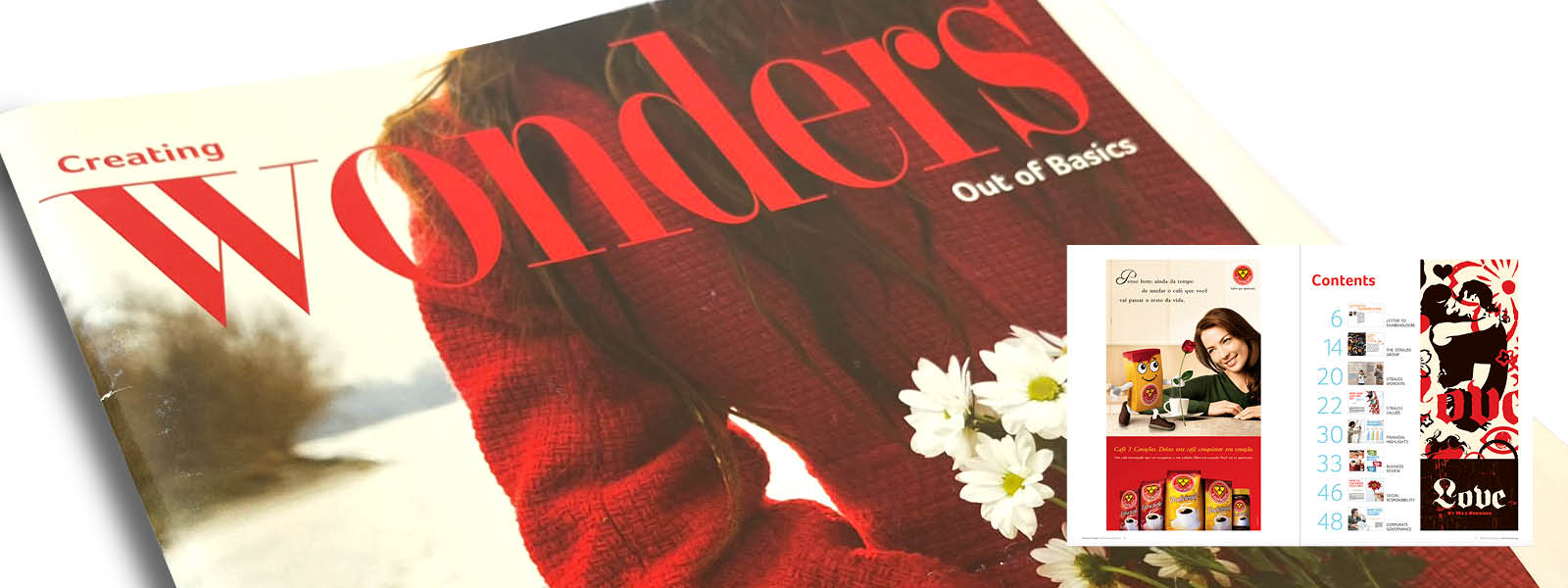
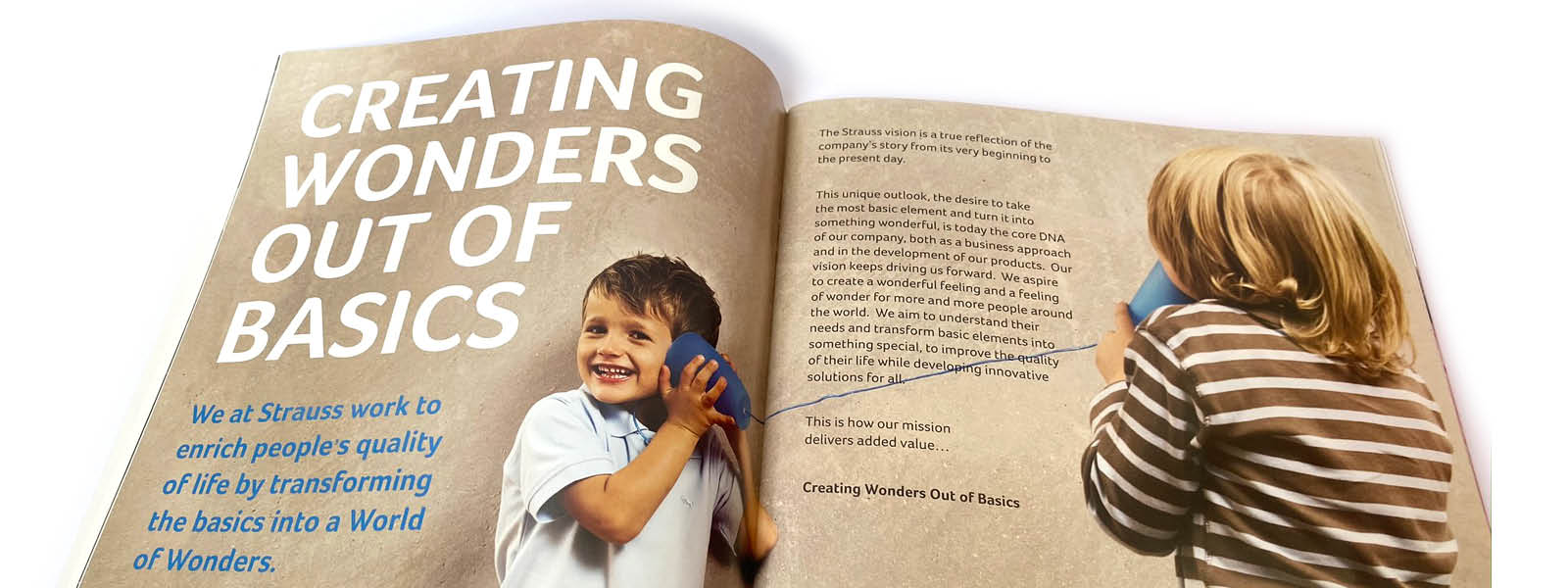
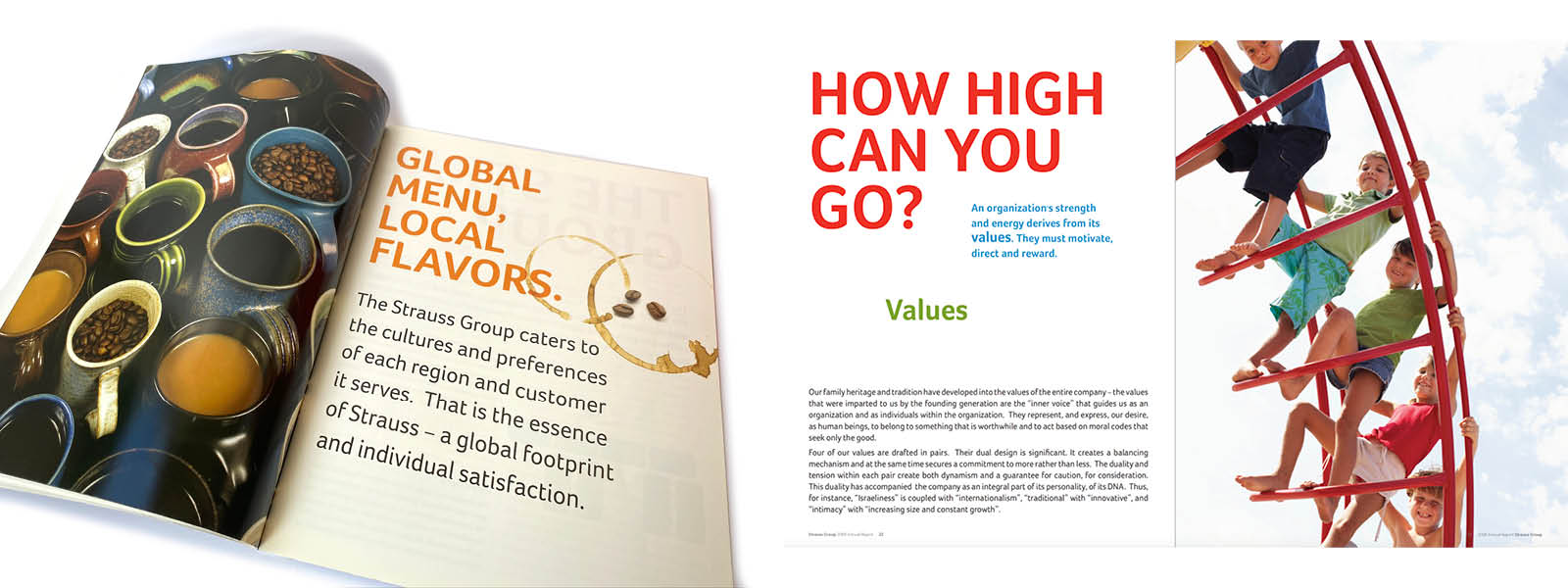
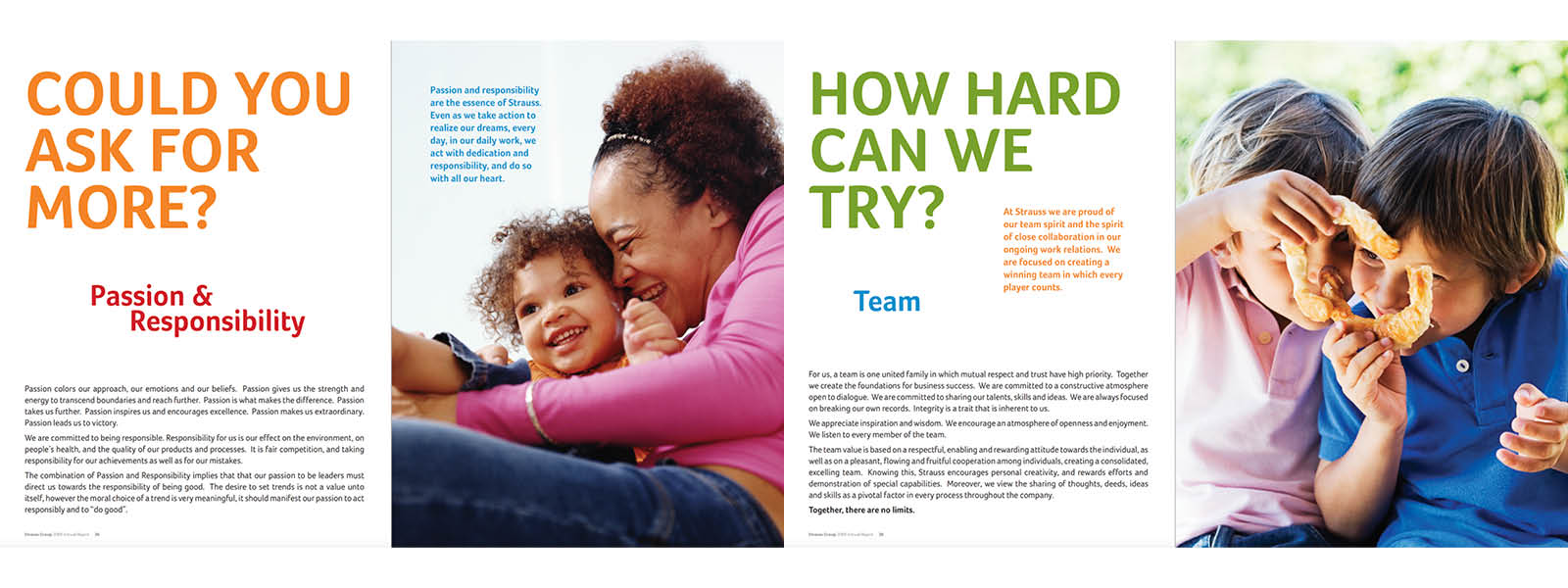
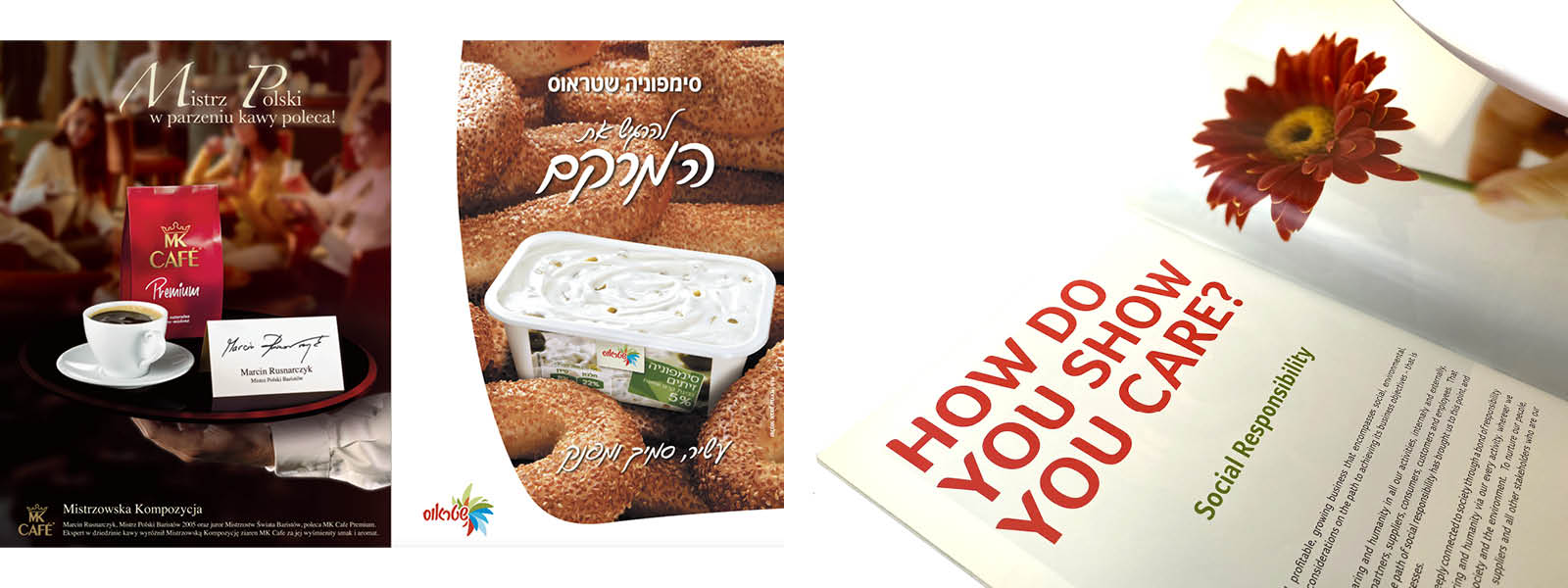
Compugen
